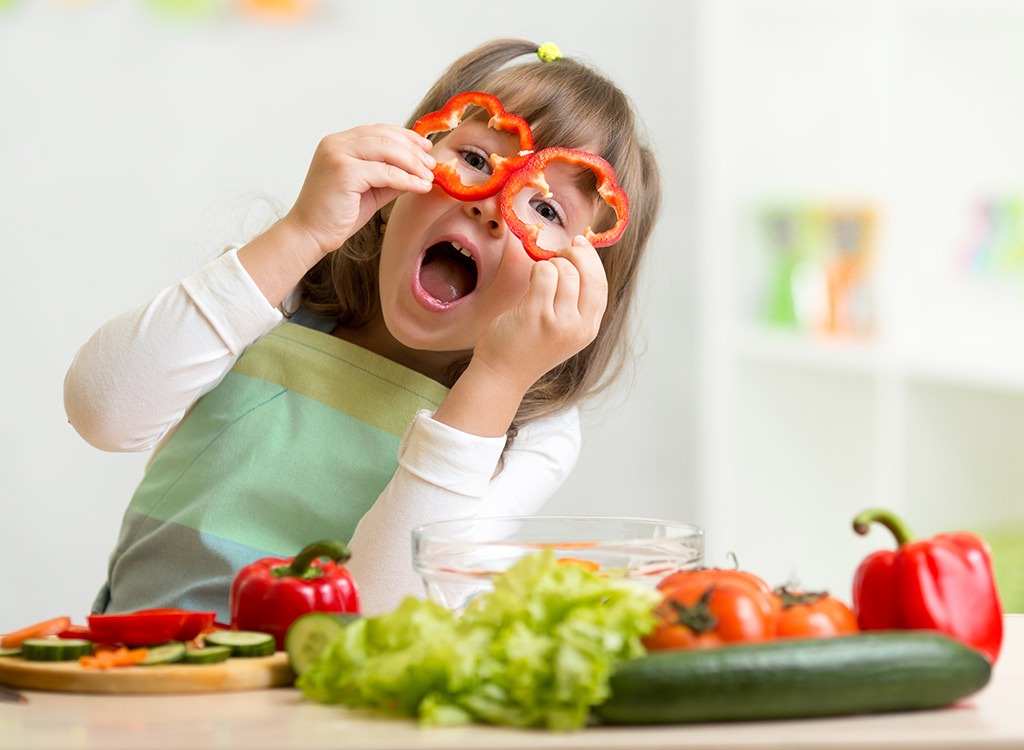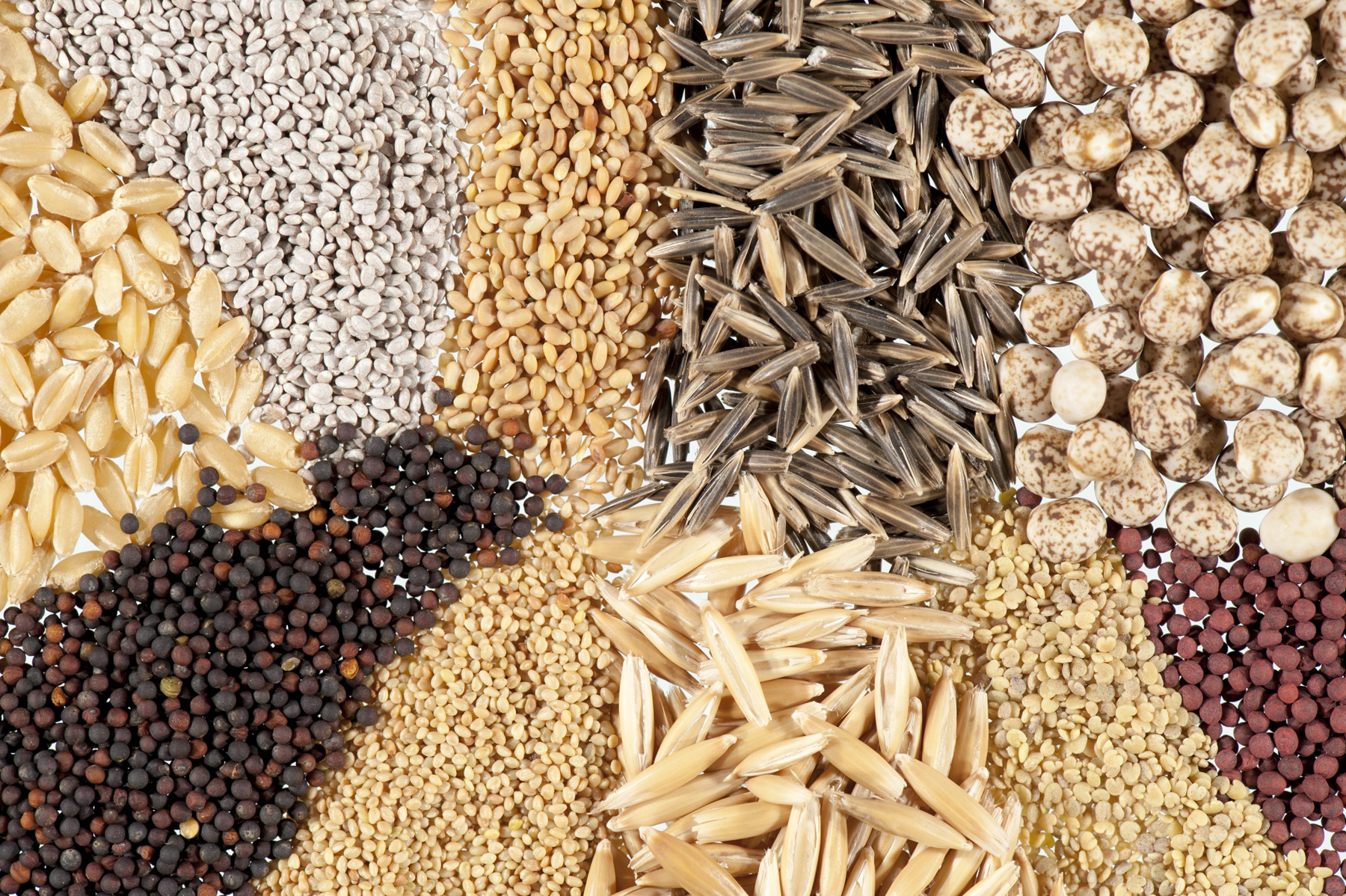It all starts in the womb!
Ask any parent what their greatest struggle with their kids is, and you’ll get the classic answer “getting them to eat veggies” at least 50% of the time. Kids tend to dislike veggies, and it’s an endless fight to convince your kids to finish off their cabbage, broccoli, or Brussels sprouts when they’d rather have more pasta, mac and cheese, or dessert. Parents often have no idea how to get their kids to eat veggies, no matter how healthy they are.
Here’s a new secret to help you win the war: start early. And no, that doesn’t mean while they’re still babies or toddlers. According to a new study, you need to start while the child is still in your womb!
An associate professor of food, nutrition, dietetics, and health from Kansas State University discovered something fascinating: the eating habits of pregnant rodent mothers affected their babies’ taste preferences. Humans are pretty much the same. Mothers who eat kale, Brussel sprouts, and other veggies contain bitter polyphenolics (compounds) during pregnancy will usually find their children have an easier time eating those same veggies.
You see, during pregnancy, the mother is the only source of information a growing embryo has about the world around it. If the mother’s body tells the embryo these bitter-tasting veggies are good, the embryo will develop an acceptance of those veggies. Babies tend to be far more receptive to the foods you ate during pregnancy because your body has helped theirs to adapt.
Of course, the fight to get your kids to eat veggies doesn’t stop once you give birth. Many children will pull nasty faces as you try to get them to eat veggies. However, according to the research, the nasty face doesn’t mean the child won’t eat it. The more you serve the veggies to the children, the more likely they are to eat it over time.
READ MORE: How to Cook Veggies for Maximum Health
Your kids will also eat what they see you eat. If you are always eating large plates of veggies—even the ones they don’t like—they are more likely to adapt and start eating those foods as well. After all, they tend to model their behavior after you. Your child’s eating behavior will largely be shaped by what they see you do. That means your child will be far less likely to eat a vegetable you don’t eat as well. If you’re putting a lot of veggies in front of them but not eating them yourself, the child won’t understand it and you will increase the risk that they won’t eat the veggies. If you want your child to eat their leafy greens, you need to eat them too.
To give your children a better chance of eating veggies, start off with the sweet ones. Their taste buds will respond positively to carrots, corn, pumpkin, and other veggies with naturally sweet flavors. Tomatoes can also be a good addition to their diet. Over time, start adding in the milder leafy greens, such as lettuce or baby spinach. Eventually, move on to chard, kale, Brussel sprouts, and cabbage.
Every time you give your child a new veggie, show them the right way to treat the veggie by eating it yourself. Your child will watch your facial expression and listen to your words to understand how they should react to the vegetable. If you are a good example of what they should do, they’re far more likely to eat it. Lead by example—in this case, eat your veggies as well!









